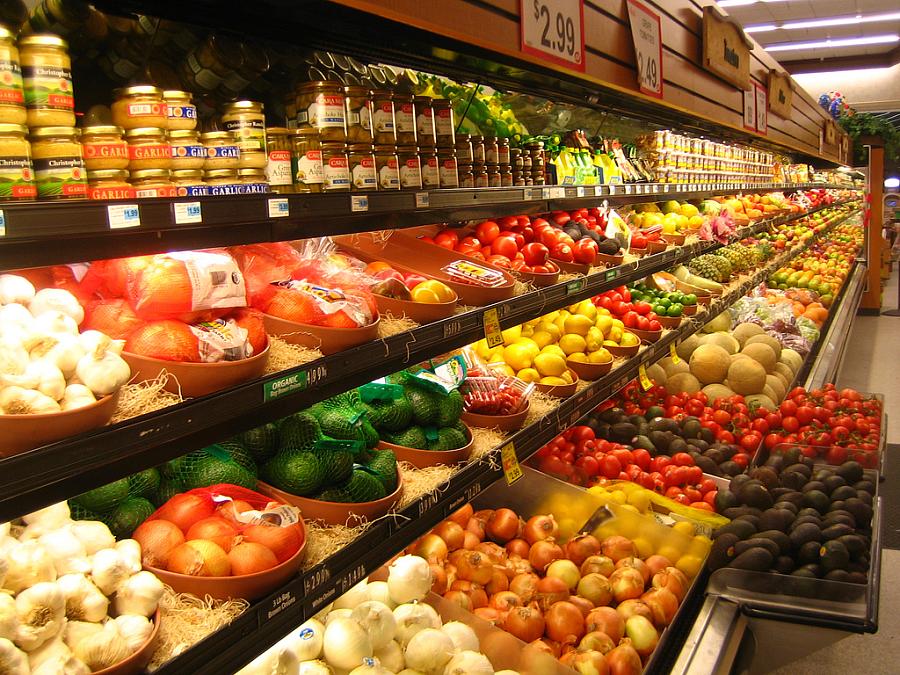Is the Price Right? Getting a Handle on the Economics of Healthy Food

The price of food is a hot topic right now, as fuel costs rise and America suffers its worst drought in five decades. But many consumers have long questioned the affordability of a healthy diet, as well as whether driving down the cost of healthy food will harm all but the very largest farming operations.
Are healthy foods like fruits and vegetables really more costly for families than fast food meals and other highly processed foods? And what would it take to make healthy foods more affordable for everyone -- while still making sure farmers and the people who work for them are paid fairly?
New Measures
Conventional wisdom has it that healthy foods are pricier than the alternatives, but earlier this year two economists with the U.S. Department of Agriculture released a report questioning this assumption.
The report, “Are Healthy Foods Really More Expensive? It Depends on How You Measure the Price,” found that most studies measure the price of groceries according to price per calorie. But by every other metric – by edible weight, say, or by the average amount eaten – healthy foods actually cost less than their non-nutritious counterparts.
In fact, these other metrics are more aligned with why we eat food today, co-author Andrea Carlson points out. “We don’t eat fruits and vegetables to provide us with calories. We do it for the taste, to get nutrients and to feel full.”
Future Trends
Meanwhile, although the cost of food overall is likely to increase in the future, some analysts predict that some healthy foods will actually increase less in cost than unhealthy foods.
Chad Hellwinckel, a professor at the University of Tennessee’s Agricultural Policy Analysis Center, points to two trends — increasing weather disasters and energy costs — that will hit industrial production the hardest. In the not-so-distant future, he predicts, “low-input” (less processed) foods grown close to market will become the more cost-effective options.
Local Action
Much of the action toward making healthy foods more economically feasible is starting to happen in communities across the country.
City policies are encouraging residents to grow and sell their own food by making it legal to sell garden produce. Public agencies that do volume purchasing are trying to purchase more locally grown foods. Communities are making it easier for farmers’ markets to participate in federal food assistance programs, sometimes offering incentives for consumers to use those dollars.
Local innovations like these are a way to make fruits and vegetables less expensive — and not at farmers’ expense.
Christine Fry is a senior policy analyst at ChangeLab Solutions (www.changelabsolutions.org), a nonprofit public health center based in Oakland. She also serves on the steering committee of the Healthy Farms, Healthy People (HFHP) Coalition (http://hfhpcoalition.org), which hosted a recent webinar exploring the issues raised in this post (recording available at http://hfhpcoalition.org/2012/08/03/is-the-price-right-web-forum-recording/). You can contact Christine Fry at cfry@changelabsolutions.org or (510) 302-3302.
Photo credit: Rick via Flickr

